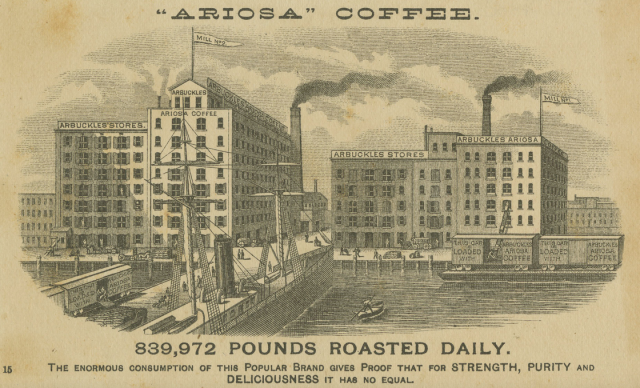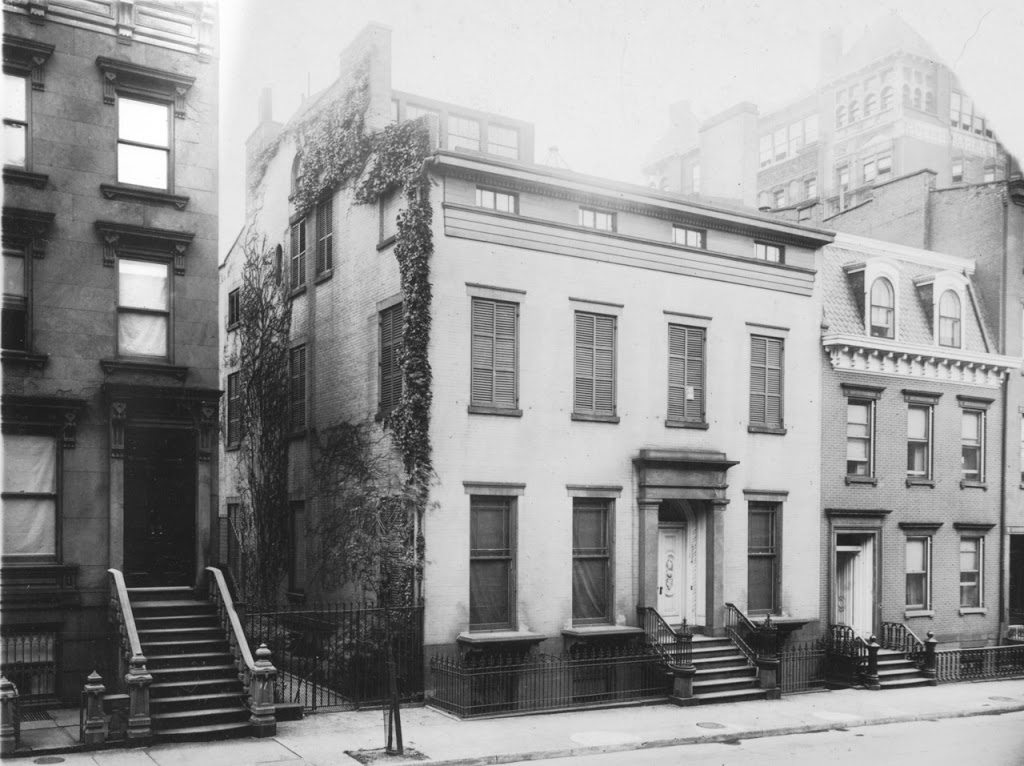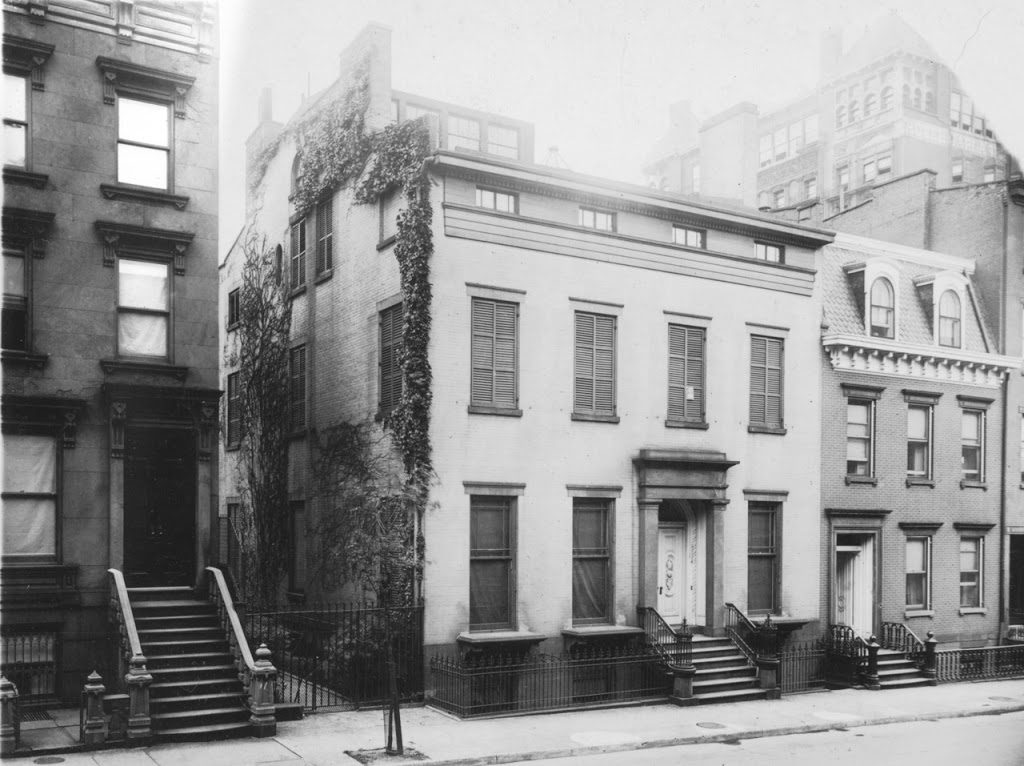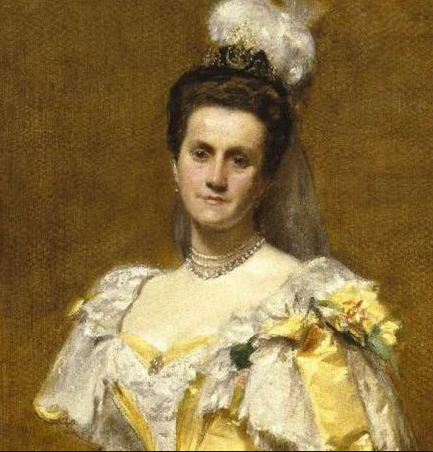Not long after the Civil War, the brothers John and Charles
Roasting in Brooklyn


Not long after the Civil War, the brothers John and Charles

 On the Brooklyn Revolution walking tour, highlighting some of the best that Brooklyn has to offer, one of the most popular sites is the former home of Truman Capote, where he worked on two of his greatest works: “Breakfast at Tiffany’s” and “In Cold Blood.” The house is on 70 Willow Street. From 1955-1965, Capote rented space on the basement level from Oliver Smith, the famed Tony Award-winning Broadway scenic designer. George Plimpton, who was a visitor, wrote that “when friends came to call, [Capote] often took them on a tour of the entire house (when Smith was not at home) and said it was his house, all his, and that he had restored and decorated every room.” In February 1959, Capote penned “Brooklyn: A Personal Memoir” for “Holiday” travel magazine in which he begins:
On the Brooklyn Revolution walking tour, highlighting some of the best that Brooklyn has to offer, one of the most popular sites is the former home of Truman Capote, where he worked on two of his greatest works: “Breakfast at Tiffany’s” and “In Cold Blood.” The house is on 70 Willow Street. From 1955-1965, Capote rented space on the basement level from Oliver Smith, the famed Tony Award-winning Broadway scenic designer. George Plimpton, who was a visitor, wrote that “when friends came to call, [Capote] often took them on a tour of the entire house (when Smith was not at home) and said it was his house, all his, and that he had restored and decorated every room.” In February 1959, Capote penned “Brooklyn: A Personal Memoir” for “Holiday” travel magazine in which he begins:
“I live in Brooklyn. By choice. Those ignorant of its allures are entitled to wonder why.”
The entire article and photos taken at the time by David Attie of Capote, the house and the neighborhood are available in the book: “Brooklyn: A Personal Memoir, with the Lost Photographs of David Attie.”

 Truly, much of the credit for the completion of the Brooklyn Bridge under the stewardship of Washington Roebling, goes to his wife Emily Roebling. After his illness caused by “caisson disease” or what we now know as the bends or decompression sickness and his inability to visit the bridge, Emily learned all that she needed about bridge construction and engineering to serve as Washington’s liaison with the assistant engineers on-site. She explained Washington’s often complex directives and answered questions that they had. In 1882, the year before the bridge was completed, Emily successfully defended her husband to the board of directors and politicians who wanted to strip him of his title as Chief Engineer.
Truly, much of the credit for the completion of the Brooklyn Bridge under the stewardship of Washington Roebling, goes to his wife Emily Roebling. After his illness caused by “caisson disease” or what we now know as the bends or decompression sickness and his inability to visit the bridge, Emily learned all that she needed about bridge construction and engineering to serve as Washington’s liaison with the assistant engineers on-site. She explained Washington’s often complex directives and answered questions that they had. In 1882, the year before the bridge was completed, Emily successfully defended her husband to the board of directors and politicians who wanted to strip him of his title as Chief Engineer.
There is a plaque on the Brooklyn tower of the Brooklyn Bridge dedicated to the memory of Emily Roebling “whose faith and courage helped her stricken husband…complete the construction of this bridge…Back of every great work we can find the self-sacrificing devotion of a woman”
Washington Roebling wrote: I thought I would succumb, but I had a strong tower to lean upon, my wife, a woman of infinite tact and wisest counsel.




